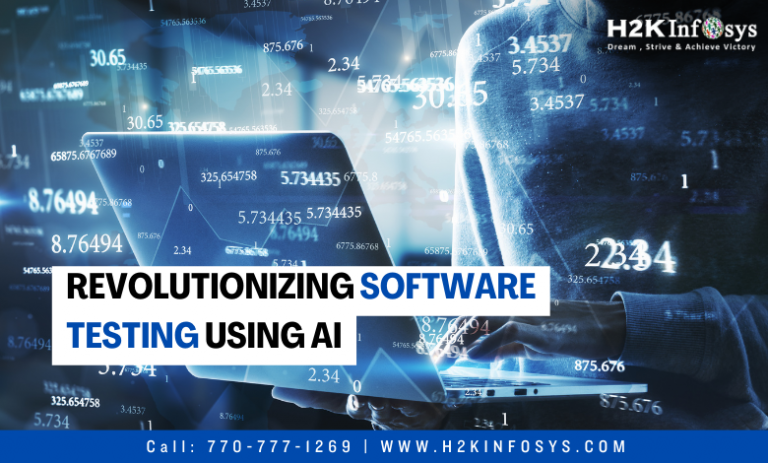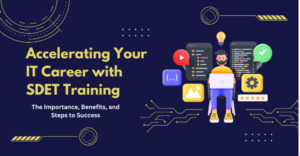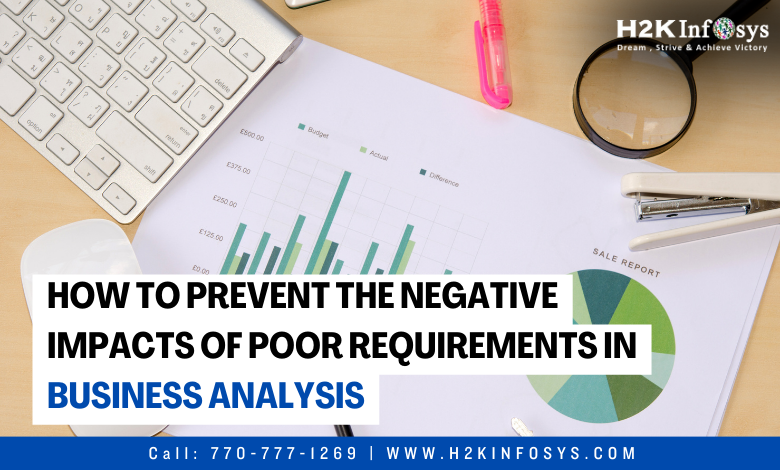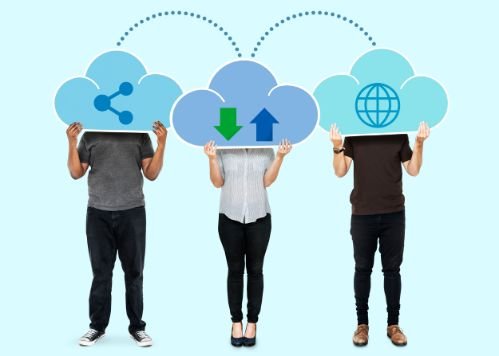The process of using artificial intelligence to support QA testers is known as software testing with AI. It can benefit enterprises by raising the level of software quality overall, boosting test coverage, and increasing testing efficiency. To learn more, check out our Quality assurance certification course online.
In order to integrate AI with current testing procedures, extensive planning is necessary. To be productive, a business needs to think about improving the AI models and algorithms in addition to carefully planning. When utilising AI, the software testing life cycle (STLC) continues as usual, with the following steps: requirements analysis, test planning, test case creation, environment setup, test execution, and test closure.
- Requirement analysis phase: A branch of artificial intelligence called natural language processing, or NLP, makes it possible for machines to understand and interpret human language. As such, NLP is useful for requirements analysis.
- Test planning phase: AI can collect information from test artefacts, project performance history, defect reports, and test execution logs to identify trends. AI is capable of utilising this test data to pinpoint high-risk regions and software testing difficulties.
- Test case creation phase: AI is capable of automatically creating test cases based on the specifications of the project. After analysing the requirements, a list of potential positive and negative test scenarios is provided. AI is also capable of creating boundary conditions to broaden the scope of tests.
- Test environment setup phase: AI shortens setup time by automating the configuration and setup of test servers, databases, and other systems. Test environments are also manageable by it.
- Test case execution phase: AI determines the best order for test case execution by taking into account dependencies, business impact, and risk evaluation. Early identification of high-priority problems and prioritisation of testing of crucial capabilities are ensured by the test case sequence.
- Test closure: By providing stakeholders with test findings, AI helps with the last stage of testing. It formats test results, creates test summaries, gathers test summaries, and helps with defect analysis.
How AI helps with software testing tasks
Artificial intelligence (AI) speeds up software testing by completing tasks more quickly, precisely, and efficiently. It’s crucial for a company to divide up the workload between AI and its current functional testing staff, though. A list of tasks for evaluating AI software can be found here.
- Test data generation: To cover common scenarios and edge cases, AI technologies are able to generate a variety of test data sets.
- Self-healing: AI makes it possible for tests to automatically adjust to modifications in the User Interface (UI) of an application.
- Regression test selection: When a developer modifies their code, artificial intelligence (AI) automatically chooses pertinent test cases.
- Execute similar test workflows: Similar test workflows can be automatically executed by AI once it has learned a test procedure.
- Automatic wait: AI has the ability to wait for a website to fully load before moving on to the next task.
- Analyse test logs: AI is capable of analysing logs and error messages to find trends and potential issues.
- Load and performance testing: AI is capable of simulating user loads and behaviours from the real world to identify performance problems.
- Continuous test monitoring: AI is capable of continuously monitoring test applications and identifying irregularities.
- Testing exploratory support: During an exploratory testing session, artificial intelligence (AI) can offer guidance and recommendations to help direct testing efforts.
- Predictive test analytics: AI forecasts future outcomes about possible release risks based on test results and historical data.
An organisation can achieve more test coverage and faster testing cycles by integrating AI into their software testing tasks.
Benefits of using AI for software testing
When an AI is given a task by a human, it completes it and gains knowledge about the task. AI becomes better over time by learning how to do the same activity more effectively. The following are some benefits of AI testing:
- Cost reduction: By lowering the need for manual testing, optimising resource usage, and quickening time to market, AI can save costs.
- Repeatability and consistency: AI protects test cases by carrying them out repeatedly, which produces test results that are more trustworthy.
- Early defect detection: AI has the ability to find flaws early, facilitating a speedier fix.
- Quick feedback: Artificial intelligence (AI) paves the way for a quicker feedback cycle from stakeholders by automating parallel test execution across many devices and situations.
- Improved test cases: AI is capable of producing a wide range of test types such as unit test cases, regression test cases, and API test cases.
Drawbacks of using AI for software testing
There are a few things to keep in mind while using AI in the software testing industry. First and foremost, despite its potential efficiency, AI cannot replace human or automated testing. Rather, the goal is to enhance testing protocols and procedures by expanding the capacities of both kinds of testers. The following are some reasons why a company would want to exercise caution when implementing AI:
- Bias prone: AI models may propagate erroneous results by inheriting biases from the training set.
- Insufficient data/ difficult to train: For AI to be useful for training and validation, there must be a sufficient quantity of data.
- High initial cost: Since AI requires time investment to train, it may be expensive for organisations with tight budgets.
- Privacy concerns: Since AI would need to access private user information, organisations need to think about the moral ramifications and privacy laws.
- Maintenance issues: AI models need constant retraining and upkeep.
- Loss of the human touch: Human testers are able to identify flaws that an AI may miss thanks to their expertise and intuition.
Conclusion Software testing with artificial intelligence (AI) refers to using AI technologies to improve the process. While it’s crucial to match AI-powered testing to the objectives of your project while considering the advantages and disadvantages we’ve discussed, when implemented properly, the benefits to your team’s STLC can be transformative. It’s still early in this industry, and as companies strive to maximise artificial intelligence’s potential, this game-changing technology will only advance. To learn more, check out our software quality assurance testing course.



























